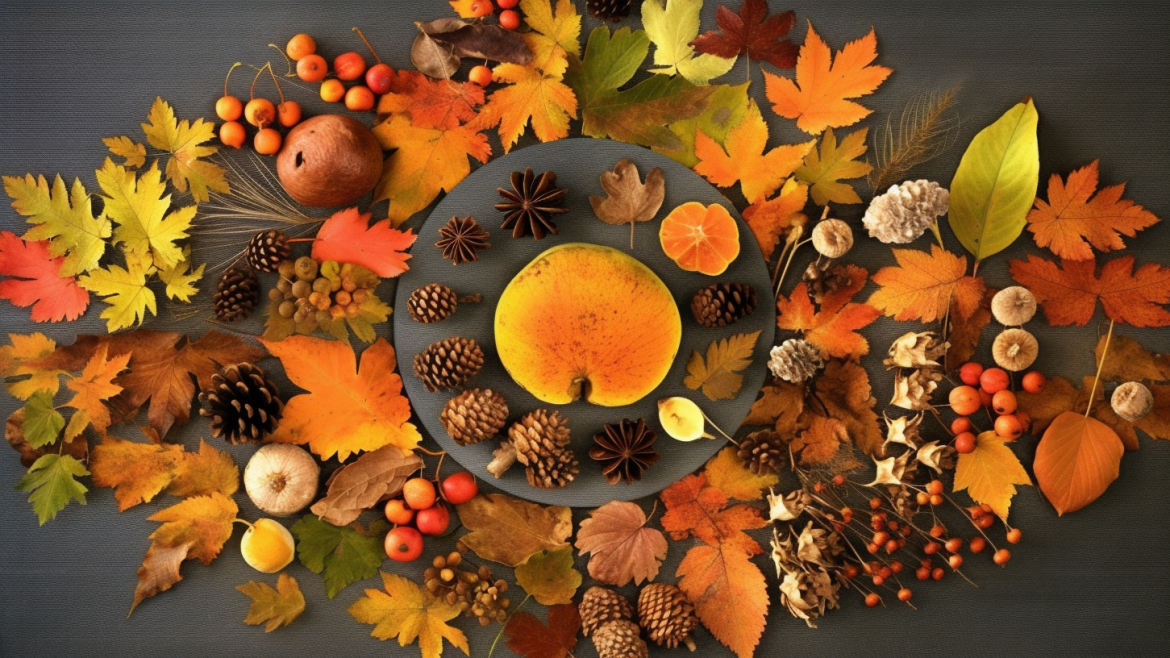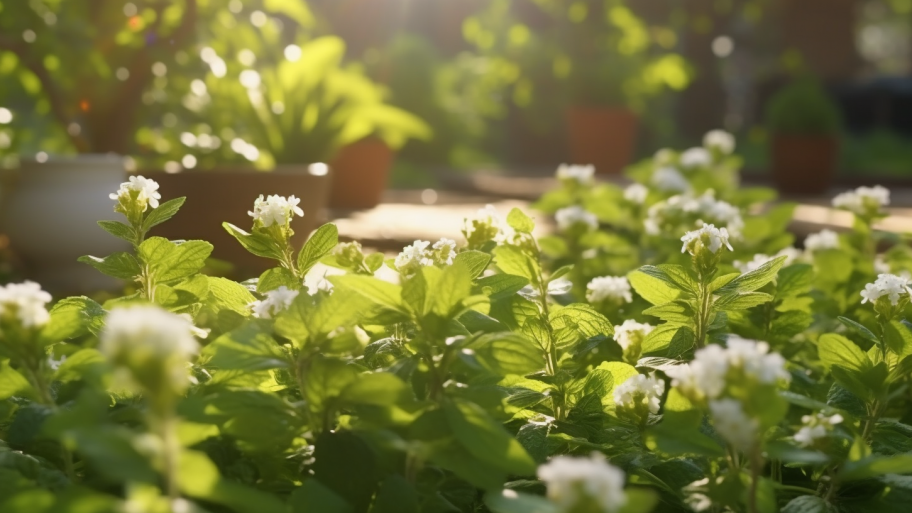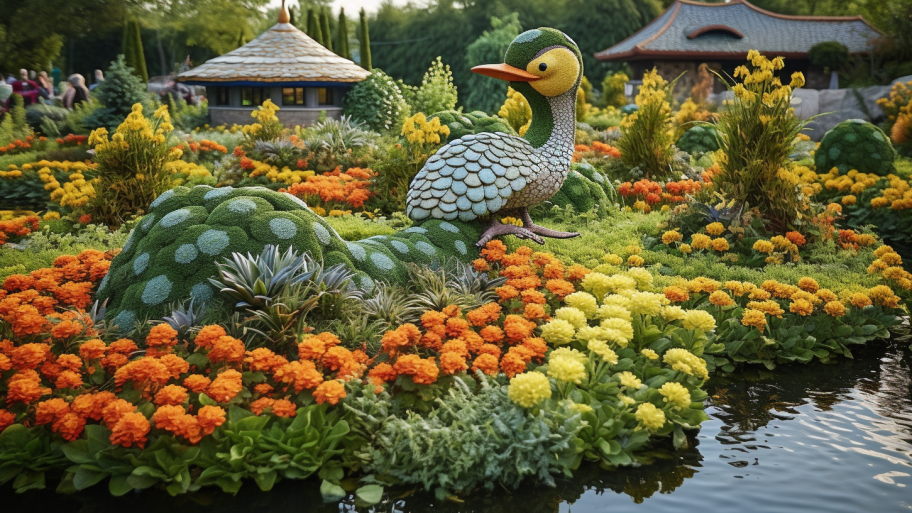The natural world has long held a sense of wonder and fascination for those who take the time to observe its intricate workings. As seasons ebb and flow, countless transformations take place around us, from the first buds of spring to the vibrant hues of autumn. This ever-changing tableau of life is governed by a field of study known as phenology. In this article, we’ll delve into the captivating world of phenology, exploring its importance and how phenology gardens can help us better understand and appreciate the complex symphony of seasonal change.
Understanding Phenology
At its core, phenology is the study of seasonal events in plants and animals, particularly the timing and relationship of these events to weather and climate. These occurrences, known as phenophases, can include everything from flowering and leafing in plants to migration and hibernation in animals. Phenology serves as a biological calendar, tracking the ebb and flow of life throughout the year.
Phenological observations date back centuries, with records detailing the timing of natural events found in the writings of ancient civilizations. In more recent history, famous naturalists like Henry David Thoreau and Aldo Leopold documented their observations of seasonal changes in their respective locales. Today, phenology is a thriving scientific discipline, with researchers across the globe working to unravel the mysteries of nature’s clock.
The Importance of Phenological Observations
Phenological data plays a crucial role in helping scientists understand the impact of climate change on ecosystems. As temperatures rise, phenophases can shift, leading to changes in the timing of key events such as plant flowering and animal migration. These changes can have far-reaching consequences, potentially disrupting entire ecosystems and causing ripple effects throughout the food chain.
For example, if flowering plants bloom earlier due to warmer temperatures, pollinators such as bees and butterflies may not be in sync with their food sources. This misalignment can lead to reduced pollination, which can have a negative impact on crop yields and food production. Similarly, migratory bird species may arrive at their breeding grounds to find that their insect prey has already emerged and declined in numbers, resulting in food scarcity and affecting breeding success.
How Phenology Gardens Can Help
Phenology gardens are a unique and engaging way to observe and record the seasonal changes taking place in the natural world. These gardens are specifically designed to include a diverse array of plant species that showcase a variety of phenophases throughout the year. By carefully selecting and monitoring the plants in your phenology garden, you can contribute valuable data to our collective understanding of how nature’s clock is ticking.
Whether you’re a seasoned gardener or a budding naturalist, a phenology garden can provide endless opportunities for discovery and connection with the natural world. As you watch the subtle shifts in your garden’s landscape, you’ll gain a deeper appreciation for the interconnectedness of all living things and the delicate balance of our planet’s ecosystems.
Ready to embark on your own phenology garden journey? Our next article, “Nature’s Symphony: Crafting a Garden That Tells Time,” is packed with tips and tricks to help you create a living calendar that tracks the passage of time through the captivating world of plants and animals. Immerse yourself in the beauty and wonder of nature’s clock!




